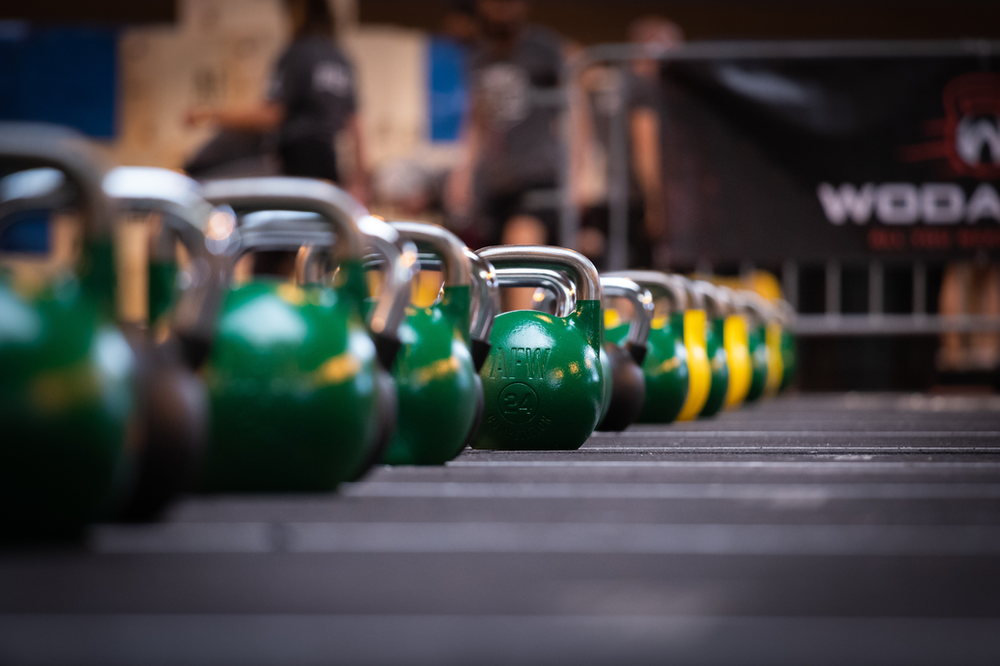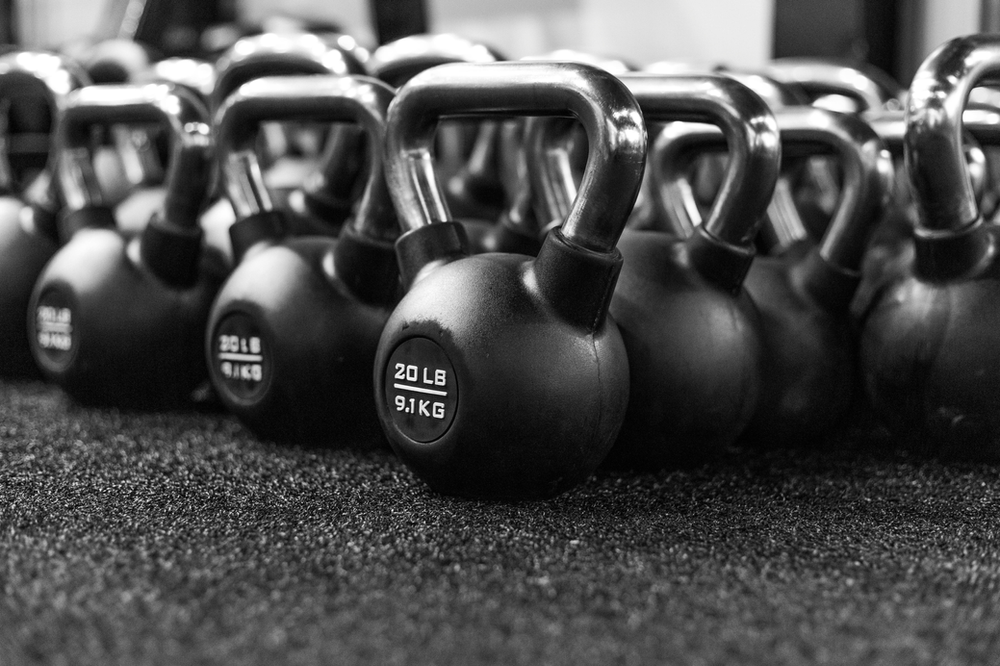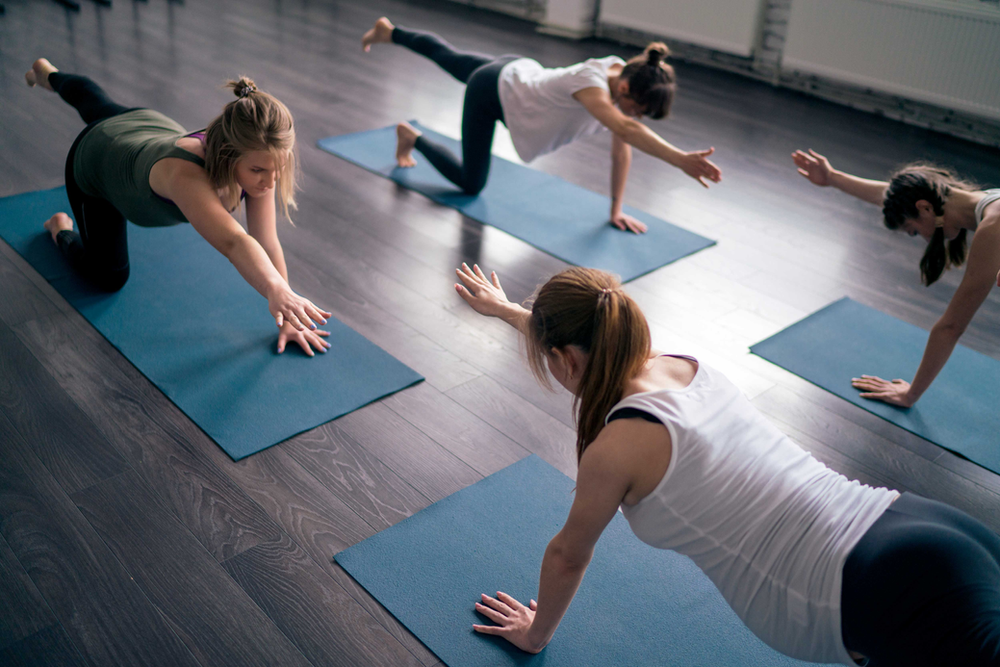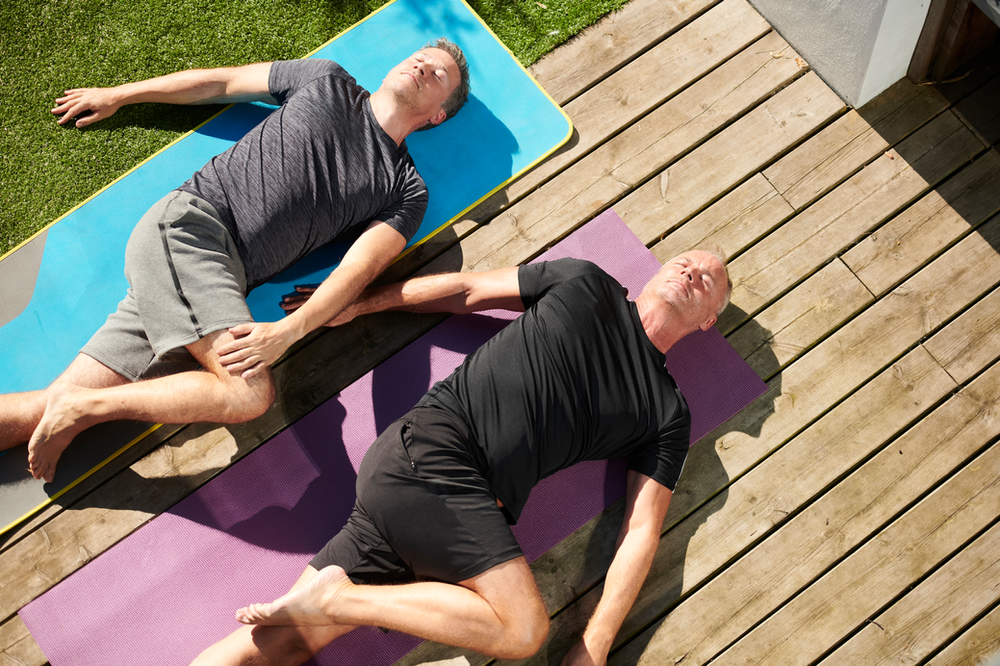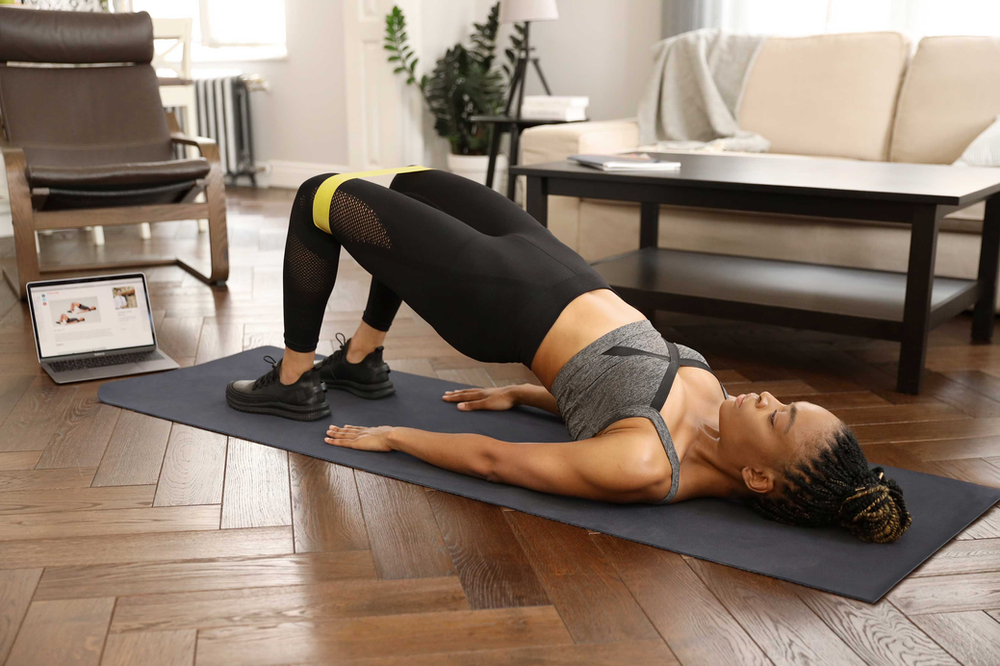The Importance of Maintaining an Abdominal Brace During Exercise: Dispelling Core Engagement Myths
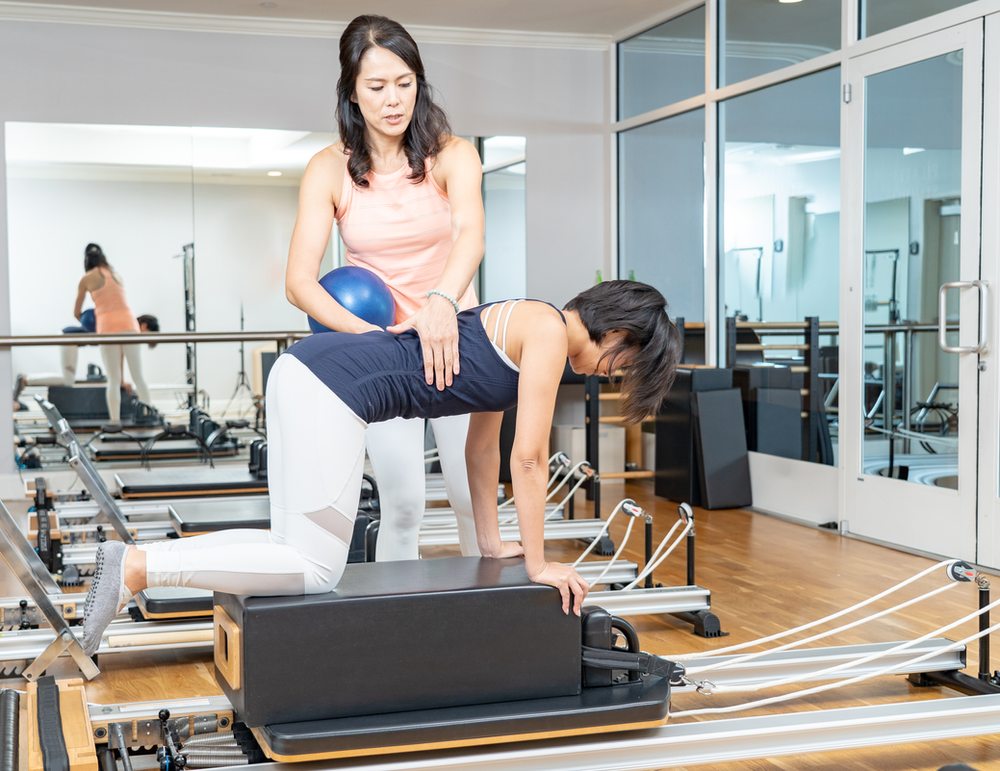
When working out, engaging your core the correct way is key to staying safe and getting the most out of your effort. One important skill to master is abdominal bracing , which is how you protect your spine and stabilize your body during exercise. However, some people confuse bracing with a technique called “abdominal hollowing,” which can actually weaken your movements and increase your risk of injury. Let’s explore why bracing is so important, how to do it, and why hollowing isn’t the best option.
What Is Abdominal Bracing?
Think of abdominal bracing as "tightening your core" to make your torso solid and strong. Imagine someone was about to give you a light punch in the stomach—your natural reaction would be to tighten your abs to protect yourself.
This tightening isn’t just about your abs. It also involves your sides, lower back, and deep core muscles, creating a 360-degree "shield" around your spine. This is different from “sucking in” your stomach, which we’ll talk about more later.
Why Does Abdominal Bracing Matter?
It Protects Your Back
Your core muscles work together to support your spine. When you brace properly, these muscles lock everything into place, reducing the risk of injuries like back strains or herniated discs.
It Helps You Perform Better
A strong and stable core allows you to lift heavier, move faster, and balance better. Bracing gives you a solid foundation so your arms and legs can move with more power and control.
It Keeps Your Body Aligned
Proper bracing helps keep your hips, spine, and shoulders in the right position. This means less wear and tear on your joints and more efficient movement overall.
Misconceptions About Core Engagement
"Sucking In" Is the Same as Bracing
The Myth: Pulling your belly button toward your spine (abdominal hollowing) is how you engage your core.
The Truth: Sucking in your stomach doesn’t create enough support for your spine. It might work for very light activities, but for most exercises, it leaves your core weak and your back unprotected.
Core Engagement Is Just About the Abs
The Myth: Engaging your core only means working your six-pack muscles.
The Truth: Your core is more than just your abs. It includes your sides, lower back, and even muscles that help you breathe and stabilize your pelvis. Bracing brings all these muscles together to form a strong, unified support system.
You Should Always Brace as Hard as You Can
The Myth: Bracing at full strength is always better.
The Truth: Bracing intensity depends on what you’re doing. For a heavy deadlift, you might brace with maximum effort. But for lighter activities, like walking or balancing, a moderate brace is more appropriate. Bracing too hard all the time can make you stiff and limit your movement.
How to Practice Abdominal Bracing
Step 1: Get the Feeling of Bracing
-
Stand up or lie down in a comfortable position.
-
Place your hands on your sides, just above your hips.
-
Pretend someone is about to tap your stomach. Tighten your core like you’re getting ready for that tap. You should feel the muscles around your whole torso tighten, not just your abs.
Step 2: Add Breathing
-
Once you’ve got the bracing feeling, try to breathe normally.
-
It might feel tricky at first, but practice breathing into your belly while keeping your core tight. This helps you brace without holding your breath.
Step 3: Use It During Exercise
-
Start with simple movements like a plank or bridge. Focus on keeping the brace throughout the exercise.
-
As you get more comfortable, apply bracing to heavier lifts (like squats or deadlifts) and dynamic activities like running or jumping.
Key Points to Remember
-
Bracing, not sucking in, is the right way to engage your core.
-
A properly braced core keeps your back safe, helps you move better, and improves your overall performance.
-
Practice makes perfect. Start with the basics, and build your bracing skills over time.
Learning how to brace properly can make a big difference in how you feel and perform during exercise.
Want to make sure you’re doing it right? Let’s work together! Visit our Personal Training page to schedule a session.
#AbdominalBracing #CoreEngagement #CoreStrength #FitnessTips #SpinalHealth #InjuryPrevention #CoreTraining #StrongCore #FunctionalFitness #WorkoutTips #FitnessEducation #SafeWorkouts #ExerciseScience #PersonalTraining #AdaptiveFitness #HealthySpine #StrengthTraining #CoreStability #ProperForm #FitAndStrong
